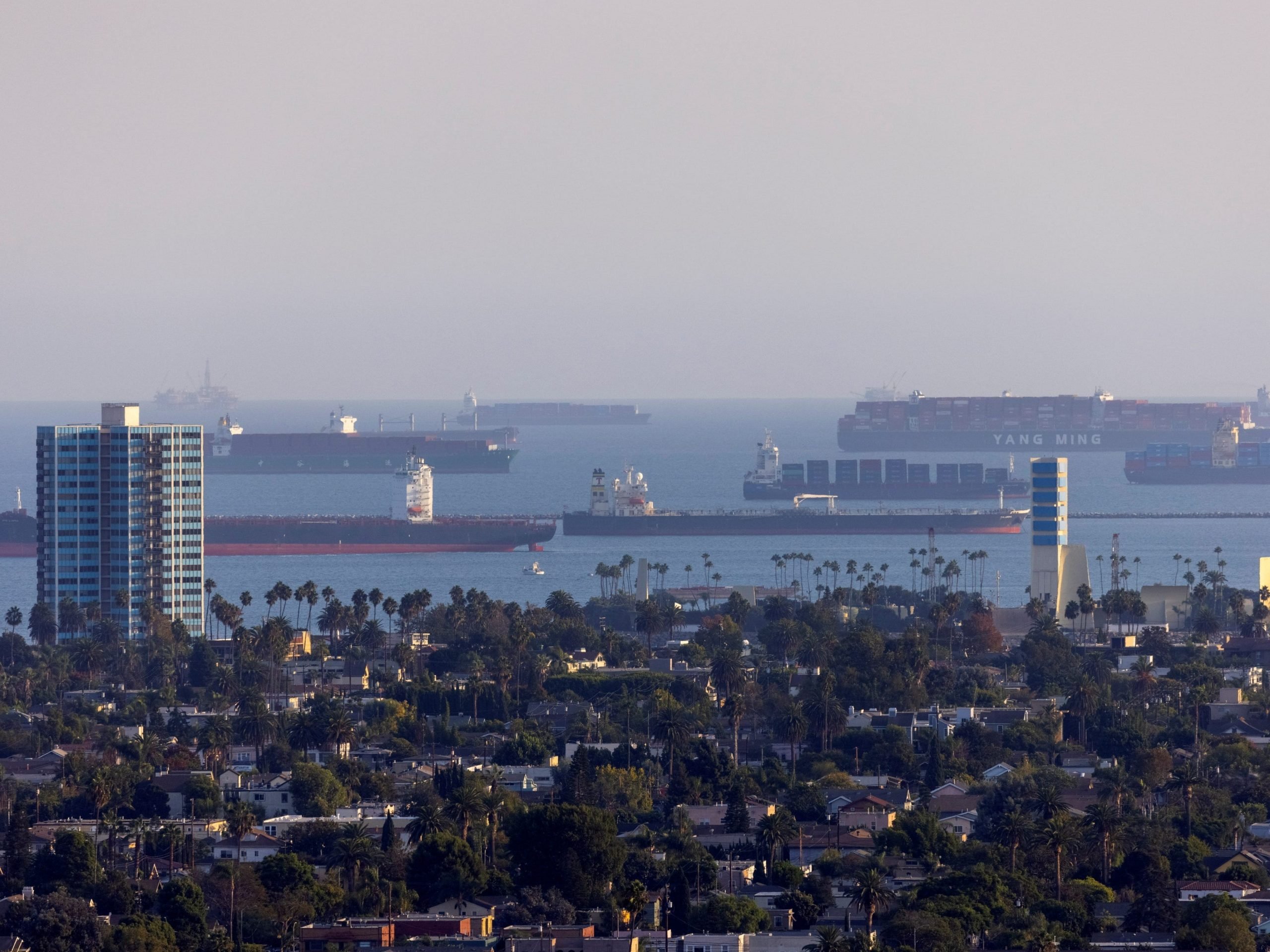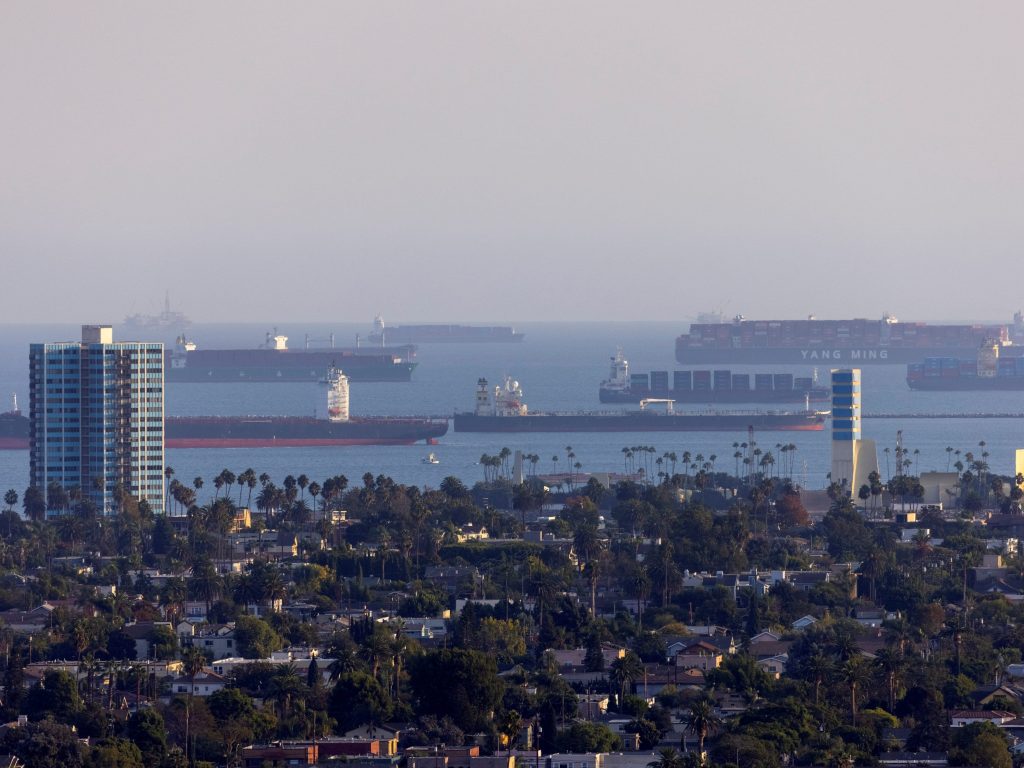
Mike Blake/REUTERS
- LA port chiefs will take daily data snapshots of containers sitting at docks, officials said.
- The idea is to monitor whether progress is being made to clear docks and respond accordingly.
- Plans to implement an "excess dwell fee" are not about generating revenue, a press release added.
From Monday, the port of Los Angeles will begin taking daily data snapshots of import containers sitting at terminals to measure the length of time they've spent there.
Port officials announced the move in a press release. They also discussed their vote to implement a 90-day "excess dwell fee," which limits how long container ships can sit at terminals.
The plan will come into force on November 1 but carriers won't be charged until November 15.
However, Port of Los Angeles executive director Gene Seroka said in the press release: "If progress is being made clearing our docks, I have the discretion to delay the start of fees beyond Nov. 15. Our goal is to see significant improvement on our docks so that we don't need to administer any fees."
Under a 90-day policy, shipping firms have six days to move containers if the next step is by rail, or nine days if the next step is by truck, the Port of Los Angeles reported.
The ports will charge $100 a day for every container left on the docks, Insider's Mary Hanbury reported. But the fee will also increase by $100 per container per day beyond those minimum time constraints.
The goal is not to collect any fines, but to put greater pressure on shipping companies to move cargo from docks to help ease port bottlenecks.
"Our objective with this program is not to generate revenue," said Los Angeles harbor commission president Jaime Lee in the press release. "Instead, we need our supply chain partners to make operational changes that will reduce dwell times, clear our terminals and make room for the ships waiting to enter our port."
California ports have remained clogged for months because of the global supply chain crisis. This is due to a surge in demand for consumer goods that led to delays and blockages across the world.
Containers have piled up at docks waiting to be unloaded, but a shortage of on-dock workers and truck drivers has led to long delays in the process.
